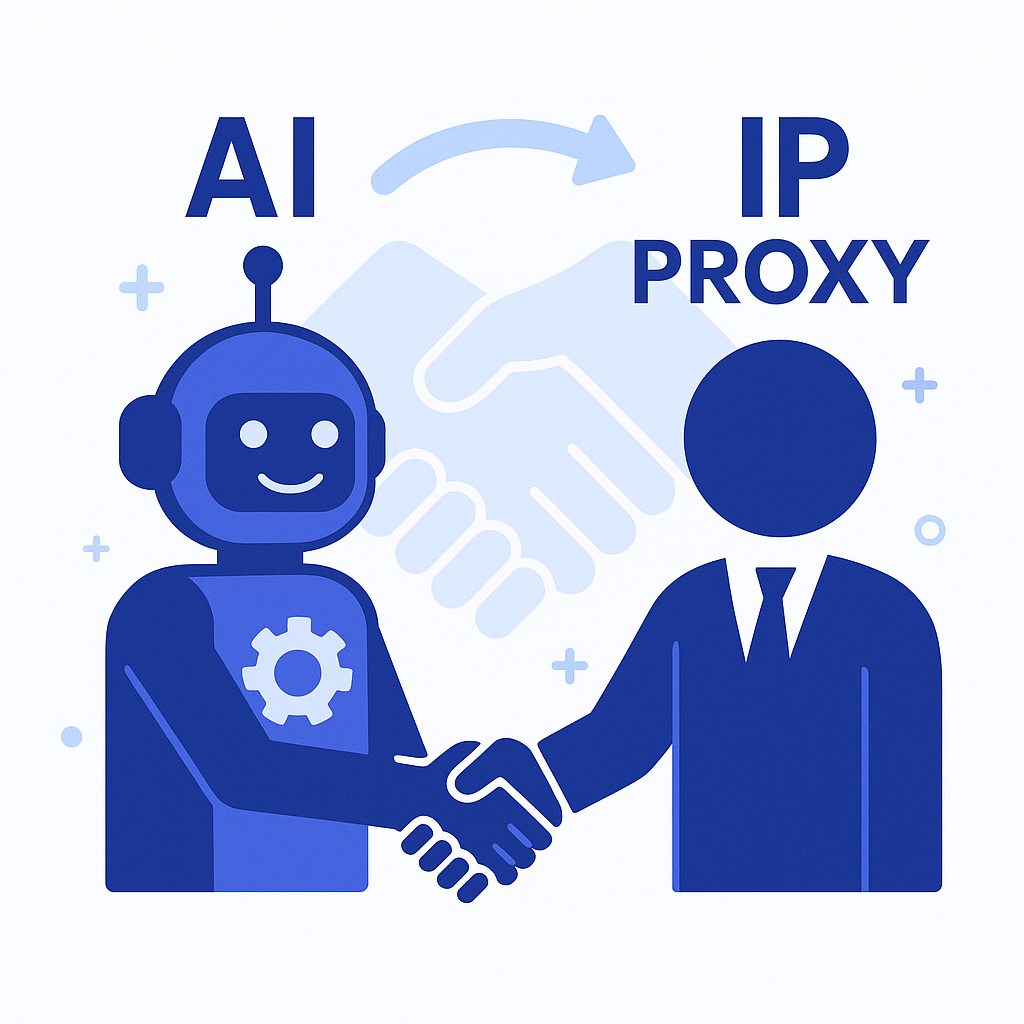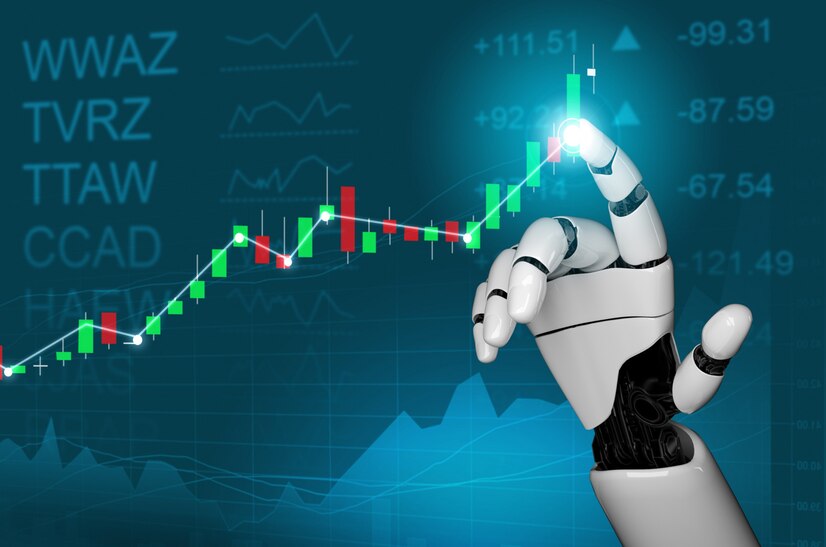Why Emotion Recognition Is the Next Competitive Edge for AI Chatbot Development Services

Strong 8k brings an ultra-HD IPTV experience to your living room and your pocket.
Introduction
In an era where digital experiences define customer satisfaction, chatbots have moved from novelty to necessity. Yet, even the most advanced AI chatbots often fall short when it comes to connecting with users on a human level. While natural language understanding and automation have advanced significantly, the ability to detect and respond to emotion is quickly emerging as the next competitive differentiator.
The integration of AI in emotion recognition with AI chatbot development services is unlocking new levels of contextual understanding, empathy, and real-time responsiveness — all critical in driving business performance, customer retention, and brand loyalty in 2025 and beyond. This article explores how emotion recognition is reshaping chatbot development, why it matters for enterprises, and how it creates a tangible edge in an increasingly crowded market.
The Evolution of Chatbots: From Reactive to Emotionally Intelligent
Traditional chatbots were designed to follow predefined scripts and respond to queries based on keyword matching. Modern AI chatbots, powered by NLP and machine learning, can understand intent and provide relevant answers. However, both lack a vital layer — emotional intelligence.
AI in emotion recognition adds this layer by enabling chatbots to:
Detect sentiments such as anger, frustration, satisfaction, or urgency.
Adapt tone and response strategy based on the user’s emotional state.
Escalate to human agents when emotion exceeds a certain threshold.
This transition marks a major leap — from automation to empathetic interaction.
How Emotion Recognition Works in Chatbots
Emotion recognition systems analyze text, voice, and even facial cues to infer a user's emotional state. Here’s how these inputs are processed:
1. Textual Sentiment Analysis
Using NLP models, chatbots analyze:
Word choice (e.g., "angry," "tired," "help me now")
Punctuation patterns (e.g., excessive use of “!” or “…”)
Syntax that signals mood (e.g., sarcasm, passive aggression)
Example: A user types, “I’ve been waiting forever. This is ridiculous.”
The bot detects anger and escalates accordingly.
2. Voice Emotion Detection
For voicebots, emotion recognition captures:
Pitch variability
Volume spikes
Speech rate and tone
These features can distinguish between anxiety, stress, calmness, or confidence — and shape responses in real time.
3. Multimodal Emotion Recognition (Advanced Use Cases)
In environments like healthcare or retail kiosks, systems analyze facial expressions, eye movements, and micro-expressions to determine emotional cues visually.
Why Emotion Recognition Is Critical in 2025 and Beyond
1. Customer Expectations Are Higher Than Ever
Users expect conversational AI to be not just smart but empathetic. In B2B and B2C, a cold or unresponsive chatbot can directly impact brand perception.
2. Empathy Drives Loyalty
Emotionally responsive bots reduce user frustration, especially during complex journeys like:
Healthcare triage
Financial onboarding
Technical troubleshooting
These moments require not just answers but understanding.
3. Differentiation in a Crowded Market
With so many brands adopting chatbots, emotion-aware AI becomes the feature that distinguishes your experience. Enterprises leveraging emotion recognition through advanced AI chatbot development services are already seeing lower churn, higher CSAT, and better NPS scores.
Enterprise Applications of Emotionally Intelligent Chatbots
Healthcare
Emotion-aware bots assist in:
Managing patient anxiety during triage
Delivering diagnostic information gently
Escalating critical cases based on emotional urgency
Retail & eCommerce
Bots can identify:
Purchase hesitations
Frustration during checkout
Post-purchase anxiety (e.g., refund requests)
They respond with:
Reassurance
Real-time support
Offers or escalation
Banking & Finance
Emotion recognition in fintech bots helps:
Diffuse anger in complaint handling
Add warmth to loan consultations
Flag risky interactions for compliance teams
Benefits of Integrating AI in Emotion Recognition into Chatbot Development
Combining AI chatbot development services with emotion detection enables:
Smarter Escalations: Bots detect when human intervention is needed based on user sentiment, not just failed intents.
Real-Time Adaptation: Adjusting tone and responses to suit user mood increases engagement.
Better Metrics: Track user sentiment as a KPI alongside resolution time and deflection rate.
Personalized Journeys: Bots become capable of empathy-driven segmentation (e.g., soothing messaging for anxious users).
Building Emotionally Aware Chatbots: What Enterprises Need
To fully leverage this competitive edge, enterprises need:
1. Expert AI Chatbot Development Services
Not all development teams have experience with real-time emotion integration. You need:
NLP experts
Emotion recognition API integration
Training datasets tailored for your industry
2. A Multi-Input Architecture
Ensure your system can handle:
Text (for chat interfaces)
Voice (for phone/chat hybrid)
Visual (for in-store or health applications)
3. Compliance and Ethical AI
Emotion recognition uses sensitive data. Implement:
Clear user consent flows
Data encryption
Storage minimization and anonymization policies
Real-World Results from Emotion-Aware Chatbots
A telecom provider reduced customer churn by 18% after implementing emotion-aware escalation for angry users.
A digital bank increased upsell success by 24% when chatbots used sentiment cues to pitch premium services at the right time.
A telehealth startup saw 30% higher satisfaction when bots responded empathetically to patients' concerns.
These examples showcase measurable ROI when emotion recognition is layered into chatbot workflows.
Future Trends: Emotion + Generative AI
The next evolution of AI chatbots will combine emotion recognition with LLMs (like GPT-4.5) to:
Generate empathetic responses dynamically
Use emotional memory to tailor ongoing conversations
Automatically segment users based on mood patterns over time
Generative empathy will be the hallmark of future enterprise chatbots — and businesses that start now will gain a first-mover advantage.
Conclusion
Emotion recognition isn’t just a feature — it’s a strategic advantage. As AI adoption grows across industries, the real edge comes from building automation that connects, reassures, and responds like a human.
By integrating AI in emotion recognition into your AI chatbot development services, you’re not just improving efficiency — you’re delivering empathy at scale. Enterprises that invest now will future-proof their customer experience and create emotional loyalty in an age of digital saturation.
Note: IndiBlogHub features both user-submitted and editorial content. We do not verify third-party contributions. Read our Disclaimer and Privacy Policyfor details.







